-
2020-2029
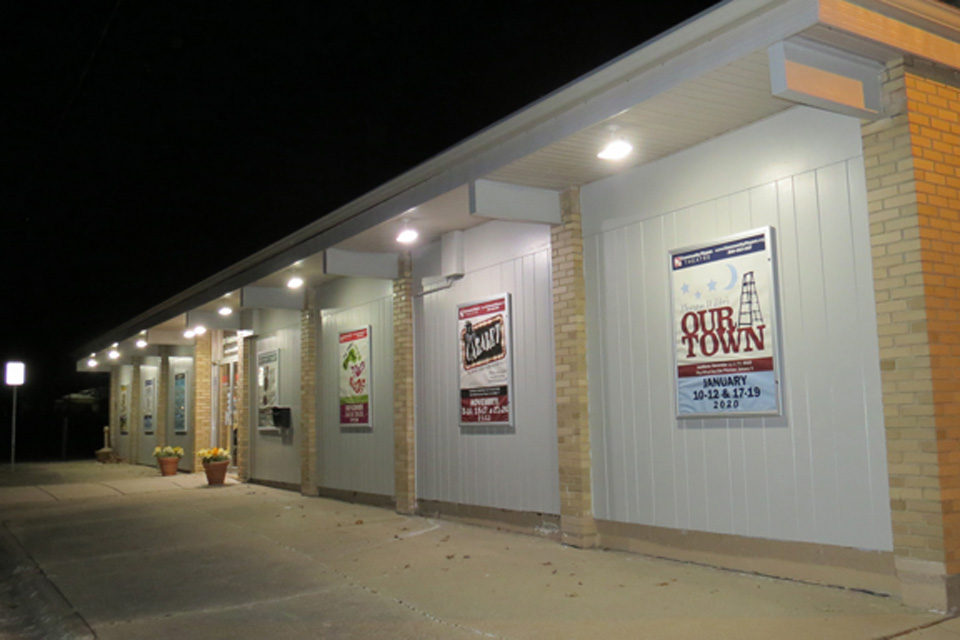
This brand new decade is back in business. Our Town kicked things off mid-way through our 97th season. Due to the COVID-19 pandemic, Players was only able to perform 4 shows in the 97th season (with Big Fish getting cancelled after just 3 performances), and the original plans for the 98th season were postponed. Instead, Players published free virtual content and livestreamed shows through online channels such as Facebook and YouTube. Then, they were back in the swing of things with The Curious Incident of the Dog in the Night-Time.
See the Shows -
2010-2019
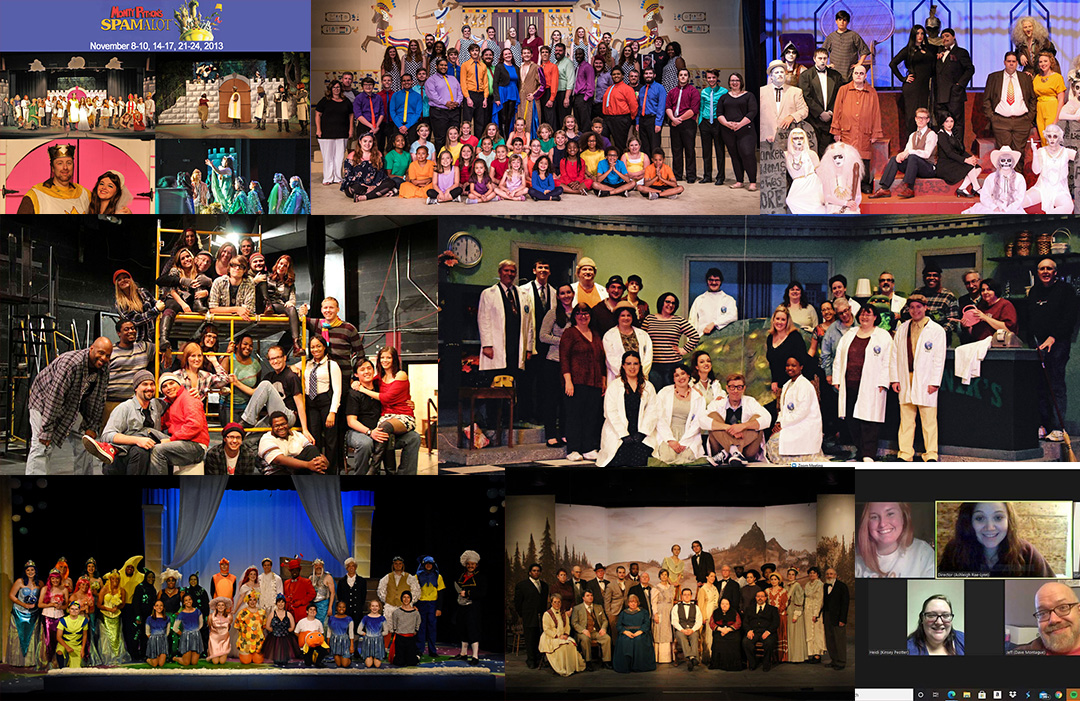
Community Players Theatre put on 71 shows in this decade, from Les Misérables-School Edition in the middle of our 86th season to The Addams Family, wrapping up our 97th.
See the Shows -
2000-2009
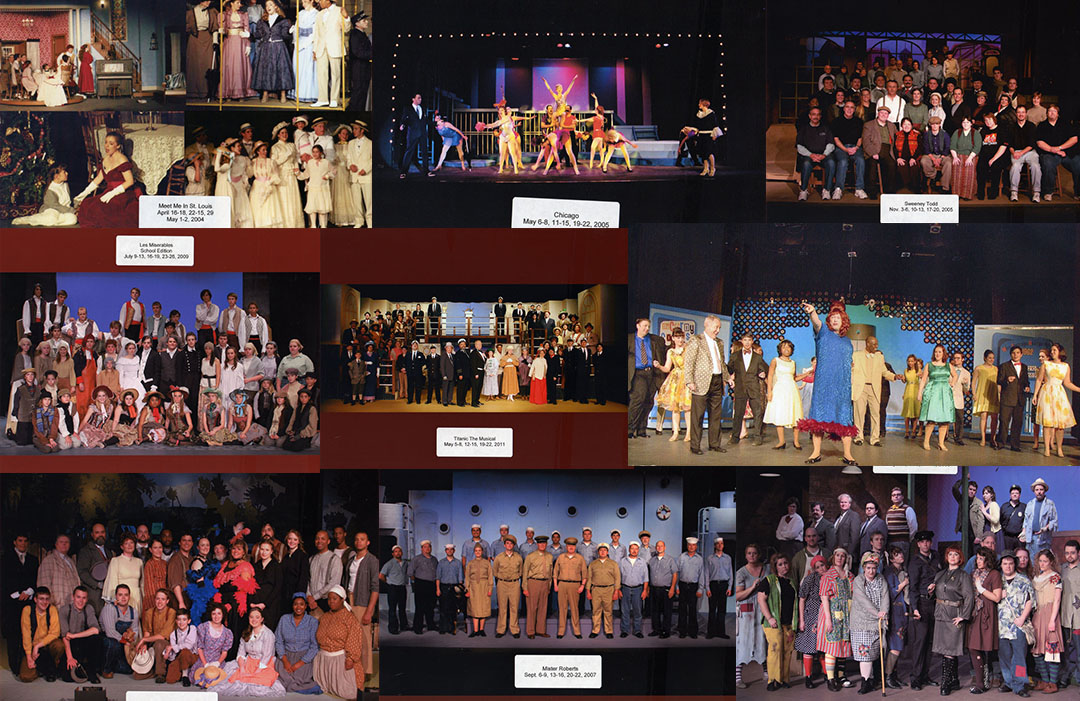
In the first decade of the new millennium, Community Players began offering lab shows again, small, unique, limited-run plays and revues. Changing technology began to appear in various productions. A new lighting system costing $110,000 was installed at Players during the 80th Season. This new system replaced the system that had been in place for 35 years. The theatre lobby was rechristened the Tony Holloway Lobby.
See the Shows -
1990-1999
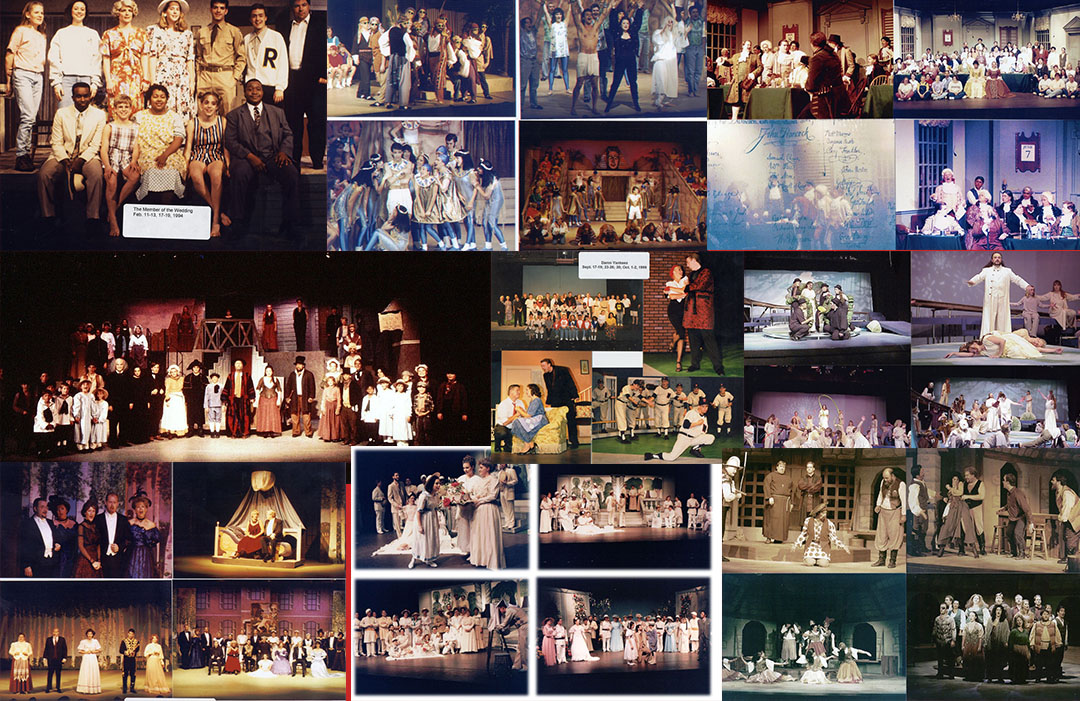
The shows of the decade saw Players brought into the video age by the use of television monitors to present the finale of a show. The 1991-1992 season was the first to see sign boards announcing shows on the front of the building, through funding from the McLean County Arts Center and the Illinois Arts Council. The final production of the '95-'96 season was the hugely successful Joseph and the Amazing Technicolor Dreamcoat. It was scheduled for ten performances, but an additional six were added to handle the demand. Joseph holds one of Players’ all-time box office records.
See the Shows -
1980-1989
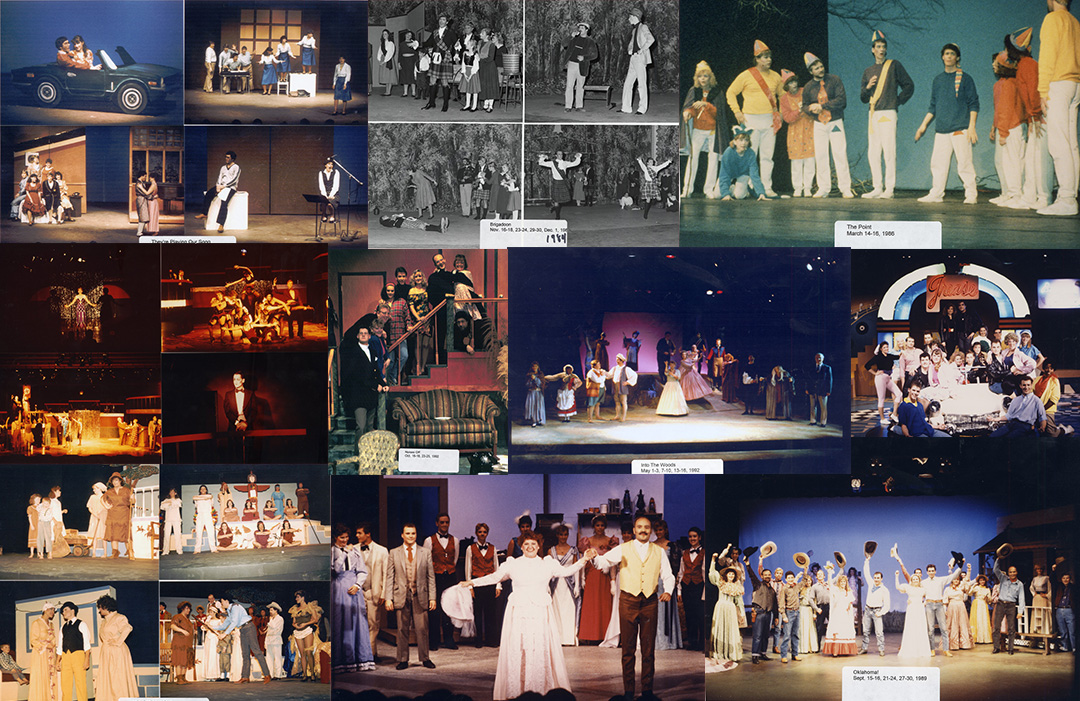
This decade brought a number of improvements to the theatre including a new proscenium (still being used) to increase stage space; a new box office, built as a tribute to Adele Litt for her many years of service; a new tracking system to allow for quicker movement for drops or suspended flats, all new seats for the theatre (still being used today, in 2021) and a new stage floor, installed during rehearsals for Caberet. Players also presented the first of its "Holiday on Robinhood Lane" series during the 1984-1985 season.
See the Shows -
1970-1979
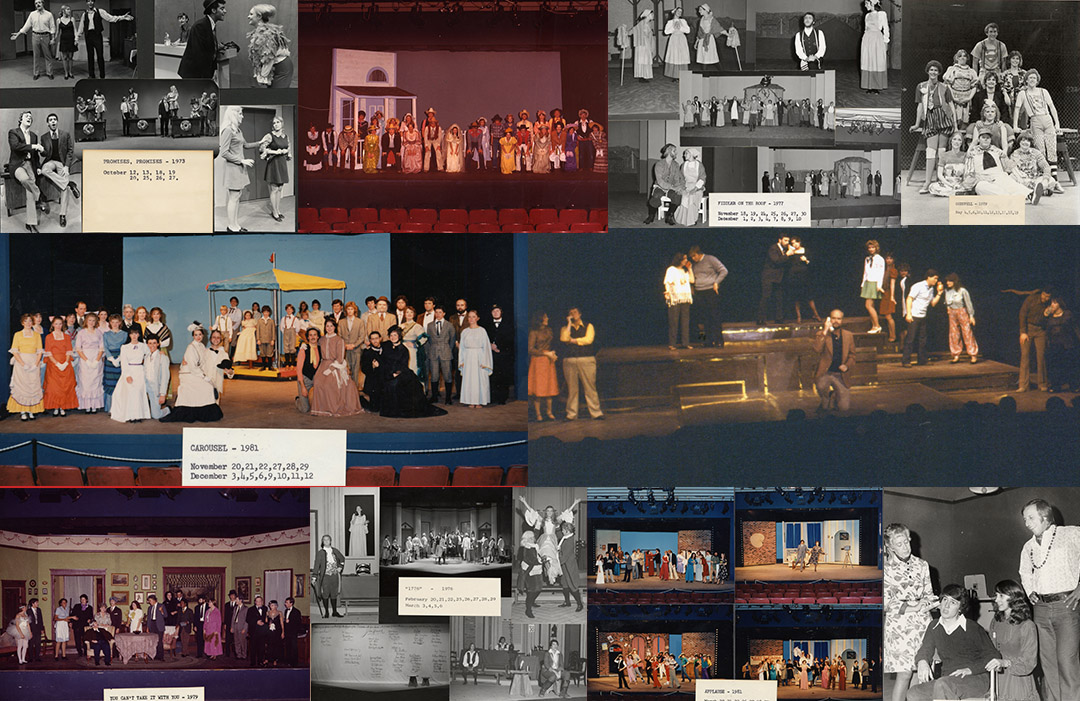
This decade brought a number of firsts for the Community Players Theatre. The second show of the first season, You Know I Can’t Hear You When the Water’s Running, was criticized as risqué owing to the subject matter and partial nudity (an actor appeared in his underwear). The green room (the actor's waiting area) was renamed after and dedicated to the late Dick Brown, the first time Players dedicated a space to any one individual. And 5 shows were selected for the 1978-1979 season, the first time since the 60s that Players attempted so many.
See the Shows -
1960-1969
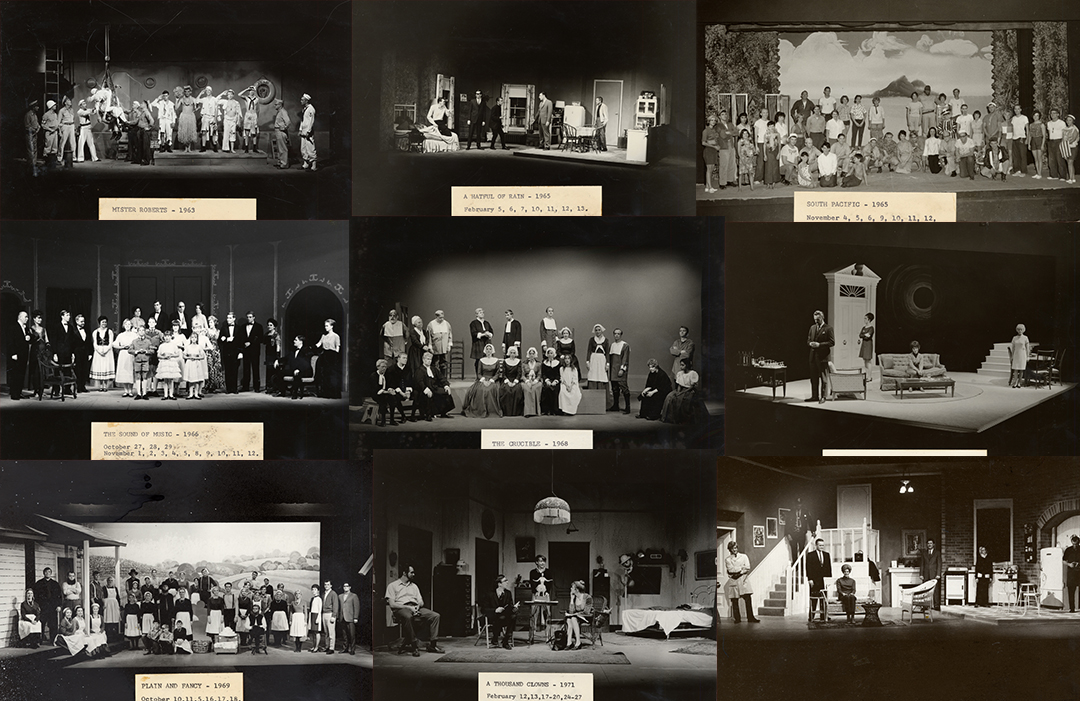
The 1959-1960 season was a tough one for Players. Having lost their theater, they were in limbo, but through the hard work of C. E. Mulliken, the Robinhood Lane property was acquired. Players launched Showboat in 1961 to raise necessary building funds. There was a cast of 120 actors, and 25 members of the Bloomington-Normal Symphony volunteered to perform for this challenging production. Even with production costs growing to $5,000, Showboat was so successful it brought in a $10,000 profit to build walls and the roof for Players’ new home.
See the Shows -
1950-1959
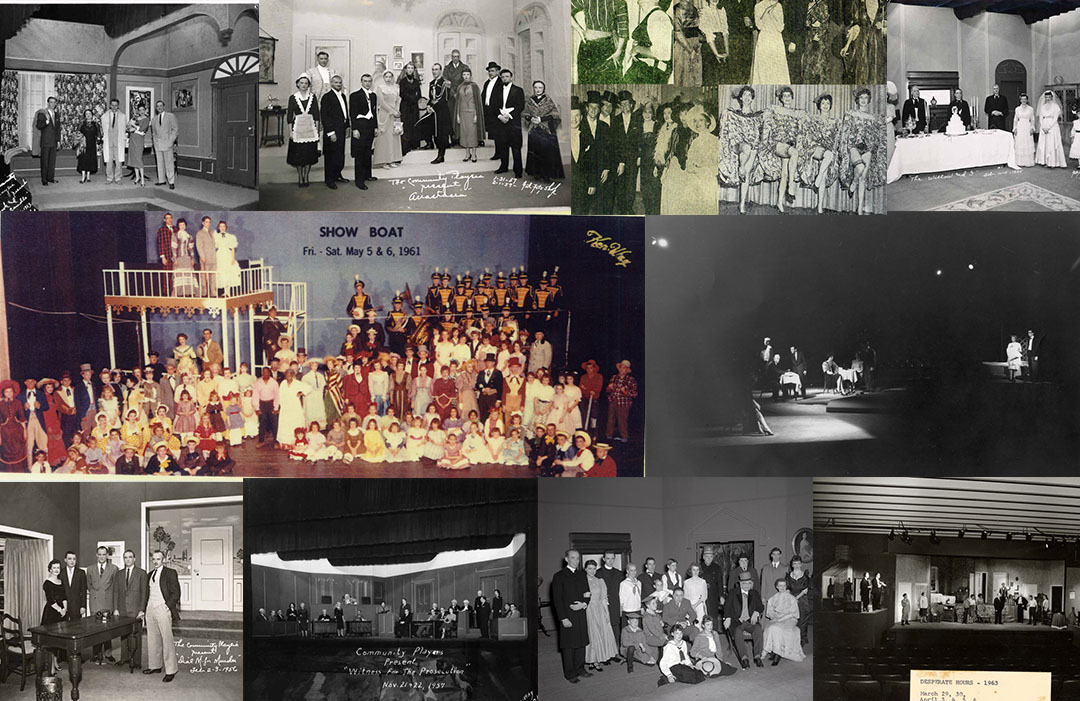
Players' first musical, Good News, opened the 1950-1951 season with more than 100 volunteers. As Players’ fourth decade was underway, the company was still performing in the Scottish Rite Temple (now Bloomington Center for the Performing Arts). In 1958, Players briefly secured the Esquire Theater, but alas, no sooner had plans been made than the city decided it wanted the site for a parking lot. Despite an impassioned letter to the Pantagraph, the building was condemned, and Players lost their short-lived home, returning to the (now) BCPA building for the remainder of the decade.
See the Shows -
1940-1949
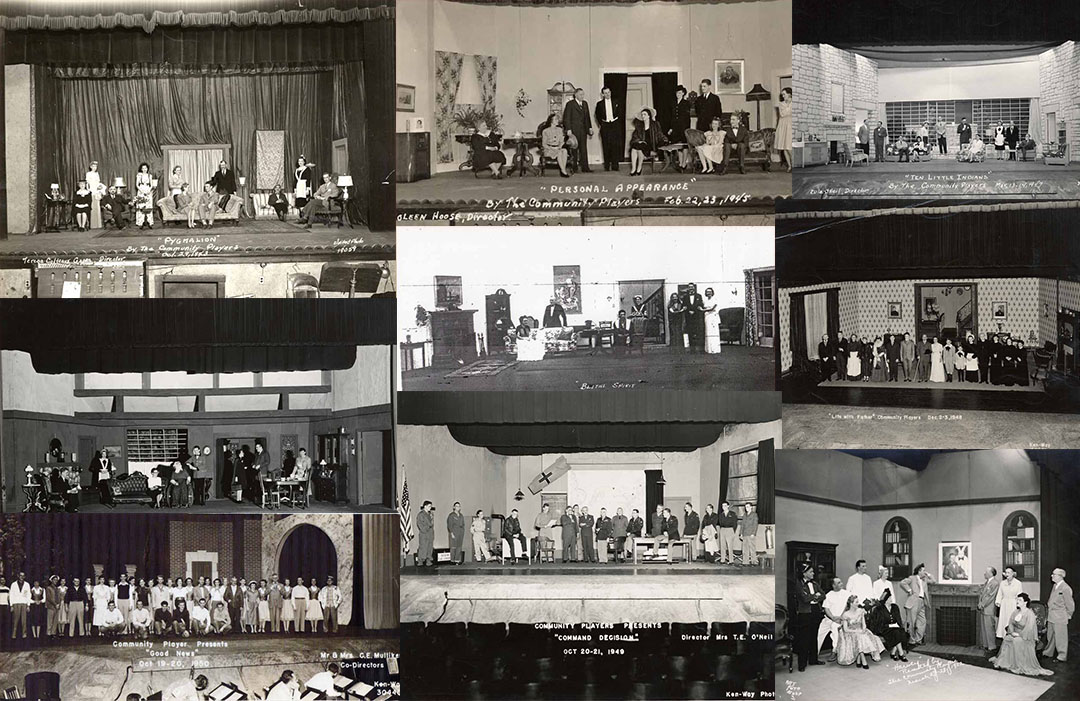
As World War II ended, Community Players began a membership drive that would see season-ticket member’s increase from 1,025 in 1945 to 1,500 in 1947 to 2,000 in 1948 to 2,260 by the end of the 1950-1951 season. For the 1946-1947 season, Players scheduled two performances of each show. Another first! Ten Little Indians, staged in 1947, marked the first twenty-five years of Players productions.
See the Shows -
1930-1939
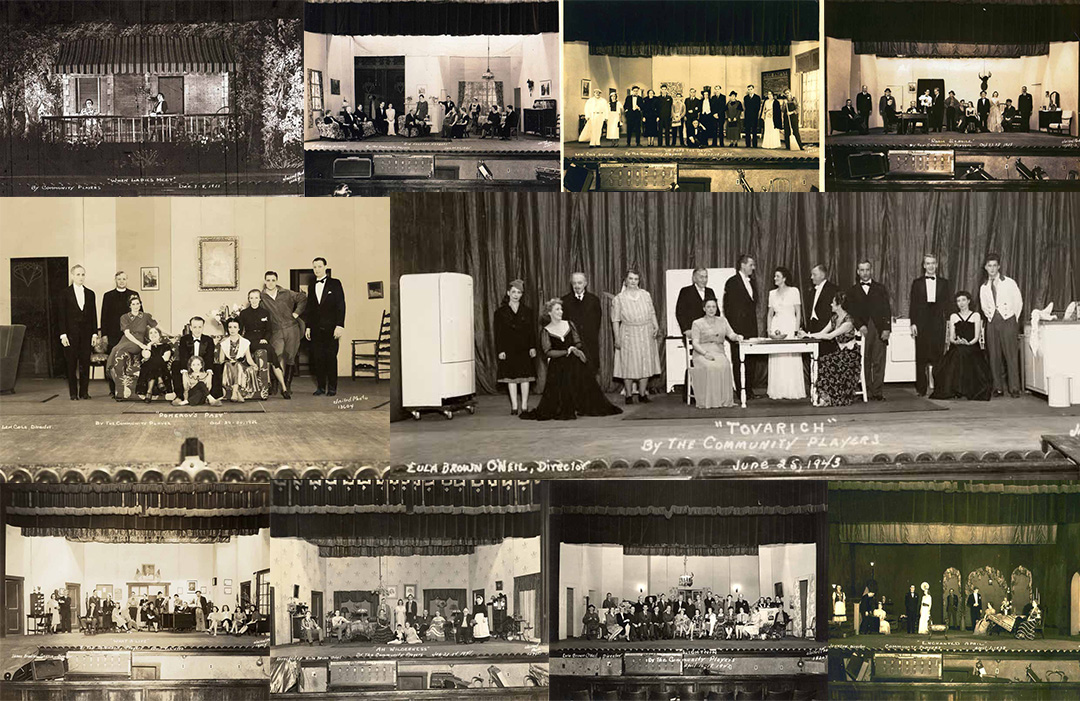
As the country worked its way through the Great Depression, CPT was entering a new era. The Pantagraph editorialized, “The Community Players, instead of reaching a peak to begin a decline, seem to be on the upward and brightening ascent toward better things in a sphere of self-expression which seems to represent ever-widening possibilities.” During World War II, Players carried on with programs of one-act plays, which could be arranged with minimum effort and time. Though under wartime conditions, Players maintained the excellence of previous productions through the war years.
See the Shows -
1923-1929

The date was March 6, 1923. The place was Turner Hall on South Main Street near the Big 4 railroad tracks. The event was the one act play Overtones. The producer was the Women’s Club. The plan was to sponsor a Little Theater movement. Those were the days of the silent movie, when the spoken word and the real presence of the actor had all but vanished in small cities like Bloomington and Normal. There was a need to keep legitimate theater alive. March 6 was an auspicious evening. Actors took the stage to begin a tradition that would have a very long run.
See the Shows